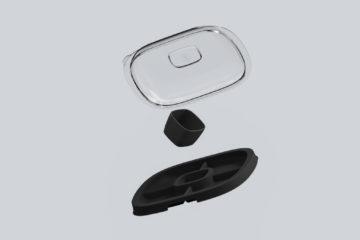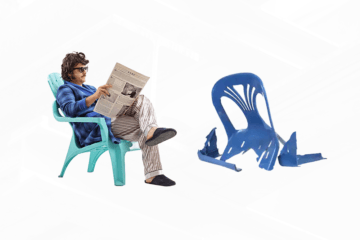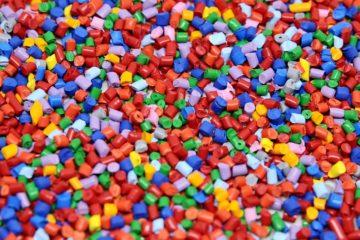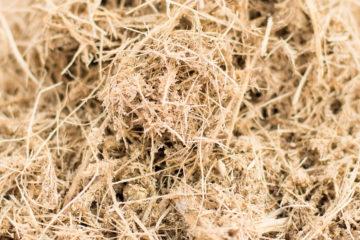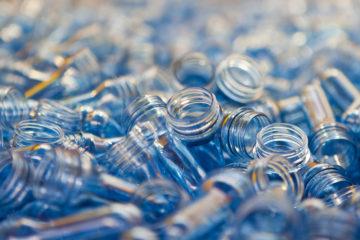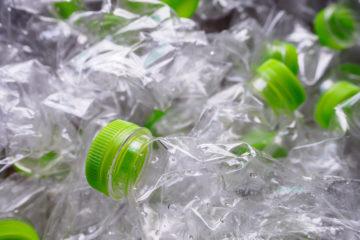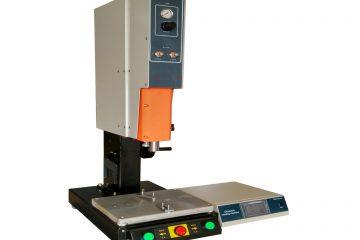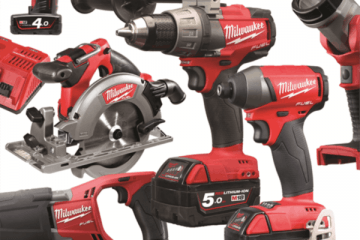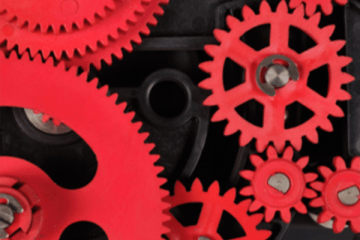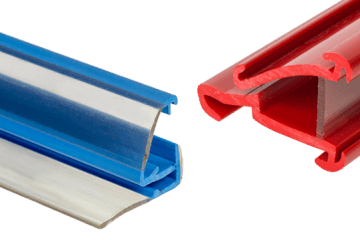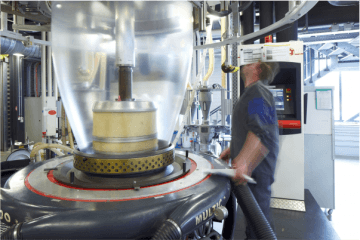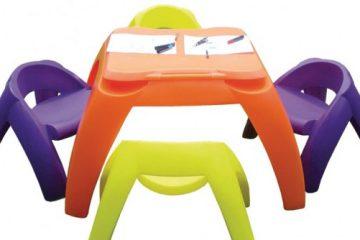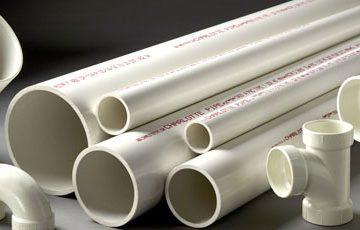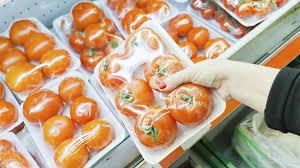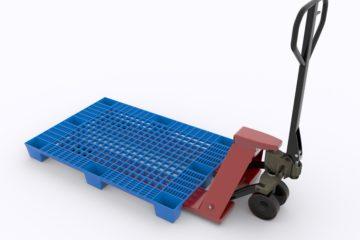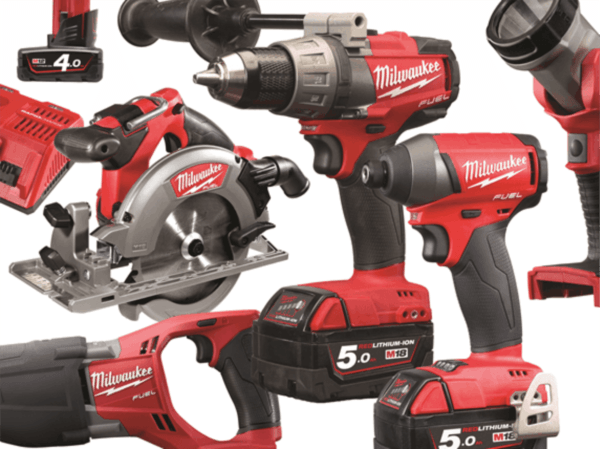
Polyurethanes (also known as PUR or UR) are a massive family of highly versatile engineering materials designed to provide properties not available in conventional rubbers, metals and plastics. Typically they have higher oil and solvent resistance, along with greater abrasion and tear resistance. Impact strength, low compression set and superior load bearing capacity are also important engineering characteristics.
Polyurethane is available in several different forms such as thermoplastic, thermoset, coatings and foams (flexible, semi rigid, rigid and integral skin). A variety of processes are used to produce parts, including injection molding, extrusion, reaction injection molding, spray and casting. Most Polyurethanes can be supplied in polyether or polyester base formulations. The ethers are generally better for use in contact with water and have higher heat resistance. The esters have higher abrasion and oil resistance.
Thermoset Polyurethane and some foam types are supplied in standard shapes (sheet, rod, bar and tube) as well as custom molded parts. The advantages of the cast types are low cost tooling, making them attractive for short production runs. Injection and extrusion will generally result in lower piece prices with better surface finishes, but tooling is significantly more expensive.
Polyurethane is also an extremely versatile elastomer used in countless applications worldwide. Polyurethanes mechanical properties can be isolated and manipulated through creative chemistry which allows specific blends tailored to provide physical properties such as,
Hardness
Elastomers can be created ranging from SHORE A Hardenes 20 to SHORE D Hardness 85. Custom O rings and seals used thougout industry are made from Polyurethane because of the weide range of available hardnesses.
Load Bearing Capacity
Polyurethane has a high load capacity in both tension and compression. Polyurethane may undergo a change in shape under a heavy load, but will return to its original shape once the load is removed with little compression set in the material when designed properly for a given application.
Flexibility
Polyurethanes perform very well when used in high flex fatigue applications. Flexural properties can be isolated allowing for very good elongation and recovery properties.
Abrasion & Impact Resistance
For applications where severe wear prove challenging, polyurethanes are an ideal solution even at low temperatures.
Tear Resistance
Polyurethanes posses high tear resistance along with high tensile strength.
Rеѕiѕtаnсе tо Wаtеr, Oil & Grеаѕе
Polyurethane’s material properties will remain stable (with minimal swelling) in water / oil / grease. Polyurethane compounds will last many years in underwater applications.
Electrical Properties
Polyurethanes exhibit good electrical insulating properties.
Wide Resiliency Range
Resiliency is generally a function of hardness. For shock-absorbing elastomer applications, low rebound compounds are usually used i.e. resilience range of 10-40%. For high frequency vibrations or where quick recovery is required, compounds in the 40-65% resilience are used. In general, toughness is enhanced by high resilience.
Strong Bonding Properties
Polyurethane bonds to a wide range of materials during the manufacturing process. These materials include others plastics, metals and wood. This property makes Polyurethane an ideal material for wheels, rollers and inserts. Polyurethane is also commonly used as an aesthetic overmould to provide soft gripping surfaces and shock resistance on products like toothbrush handles and power tool enclosures.
Subscribe to Our Newsletter
Get the latest news from Dienamics into your inbox





